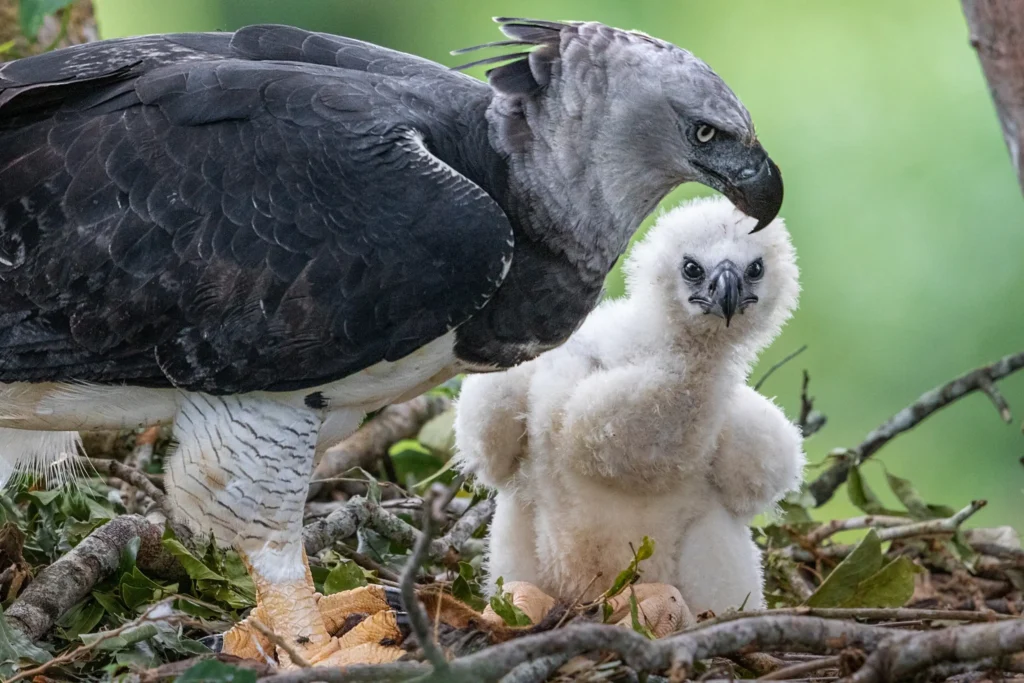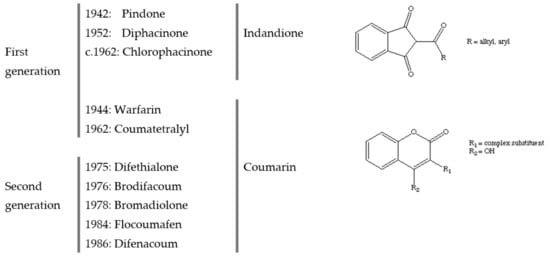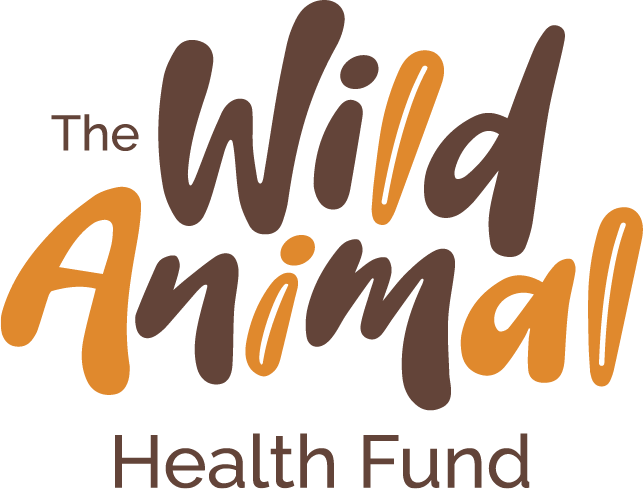Birds of Prey are Dying because of Rat Poison
Birds of prey or raptors are some of nature’s most incredible species. Sharp eyesight, strong talons, curved beaks, and their prey are some of the reasons humans are so fascinated by them. Examples of raptors include eagles, hawks, ospreys, buzzards, owls, and falcons. In addition to being incredible, these gorgeous birds also provide critical ecosystem services including pest control, ecosystem health indicators, and carcass disposal.
As a significant predator in the wild, their size doesn’t matter. According to Guinness World Records, the Harpy eagle is the strongest raptor, weighing up to 20 lbs., and is known to hunt prey like monkeys and sloths. Can you imagine your pet cat hunting a golden retriever? While these birds are strong, they are not immune to human interference like rodenticides (rat poison).

Danger for Birds of Prey
Unfortunately, our raptors/birds of prey are in trouble. 30% of raptor species around the world are considered near threatened (NT), Vulnerable (VU), Endangered (EN), or Critically Endangered (CR), According to the International Union for the Conservation of Nature (IUCN). The biggest threats to these species are habitat loss, prey depletion, climate change, disease, and exposure to toxic substances. While lead poisoning is among the list of toxic substances, rodenticides are the most lethal.
Rats! This is bad.
Rodenticides, also known as rat poison, pose a considerable threat to birds of prey due to rodents being a primary source of their food. Ingesting a rodenticide will stop blood from clotting, which leads to excessive bleeding upon being injured or trapped. The more lethal version of rodenticide can kill rodents in one feed. Thus, birds of prey that hunt and eat rats with rodenticide pose a threat for these birds.

Image source: MDMI
How do we help the raptors?
Veterinarians are seeing this poisoning more and more when birds are brought into rehabilitation and rescue centers. To get a better understanding of the impact of this species decline, the Wild Animal Health Fund is funding a study to find out.
This study will occur in New Mexico at Hawk’s Aloft (rehab center) and focus mainly on red-tailed hawks, Swainson’s hawks, Cooper’s hawks, great horned owls, and barn owls. The project aims to identify the rodenticide, where the birds were exposed, and which species are more at risk for exposure. The data will expand the awareness of rodenticide exposure among schools, municipalities, local and federal Departments of Game and Fish.
Your support means more studies like this!
Supporting the Wild Animal Health Fund means supporting more studies that save lives. This study was just one of 13 incredible and important studies funded in 2021. We hope to fund more studies every year and give our species the care they deserve!
Sources:
- https://www.nativeanimalrescue.org
- https://apnews.com
- 2021 Research project: Anticoagulant rodenticide exposure in owls and diurnal raptors from New Mexico
